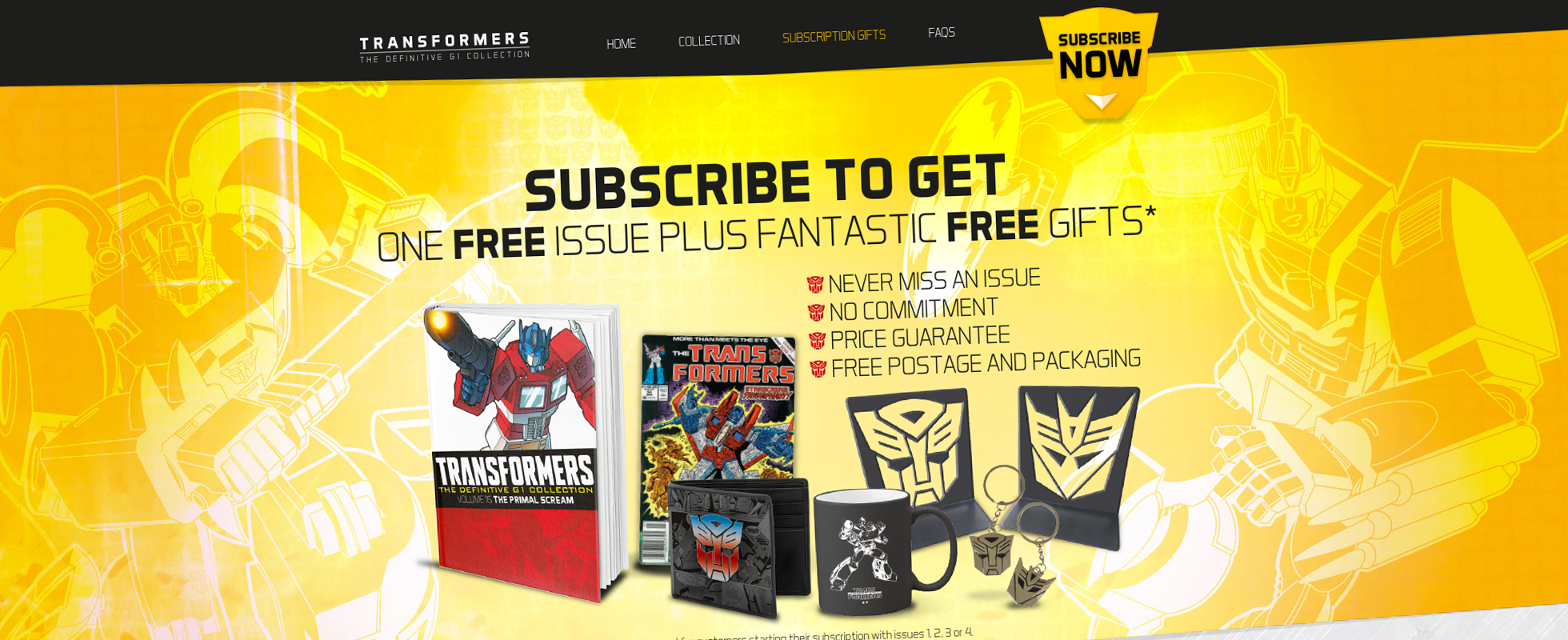
Consumer Habits – The need to collect
28th April 2017
The world is constantly changing and adapting, from technology to the way we live we are constantly governed by trends, opinions and social rankings and with this continual bombardment of information it can make it somewhat difficult to decipher exactly what is expected of us by society. However, the habits we adopt are what give us our personality, identity and possibly even reveal mistakes that become our life learns; all of which are integral to our growth both as humans and consumers. But sometimes these habits we subconsciously adopt can be somewhat more important and influential to how we live and behave than we may think.
Our need to collect
The assumption that collecting coincides with that of affluence, from art dealers to coin collectors is only scratching the surface of a highly layered component of human nature. From infancy in our cots when we fed on our mother’s milk, to the dawn of time when Eve took the forbidden fruit from the garden of Eden, we have subconsciously been collecting from nourishment to objects of desire, creating this urge to own and progress in life. This sense of ownership has become a sought of life goal and target that we aim for, such as buying that car we want or saving up to get a mortgage, they are all part of a subconscious collection checklist that give us fulfilment.
For what would life be like without this need to exist? Whether our purpose is purely for another person or to obtain an object of desire, we seem to need something to aspire to and want, so why not use this need and wanting to collect and obtain as a way of accessing our audience on an emotionally subconscious level?
Emotional collecting
Away from materialism this habit even crosses over into our emotional selves, from the photos we physically save or archive online, we are collecting these memories as visual representations to log the present moment so we again feel fulfilled when we look back at them. When we collect, we somewhat feel proud, almost accomplished that we have made a saving or added another figurine to our collection and this positive emotional response is what makes us attain the next collectable in the chain, becoming a sought of addiction to this feeling.
Socially we feel a sense of competitiveness, from the Facebook likes to friend requests we attain, saving money can actually make us confident and feel like we’ve ‘got one over’ on our peers that may have paid more. This is of course not the nasty intention as it sounds, but purely just human nature to want to get the best deal, experience, life we can get for ourselves and if it improves how others think of us then all the better.

What does this mean to our industry?
In marketing we are seeing this emotional intelligence (EI) starting to challenge the sought after “IQ” status becoming more valuable to brands in having an emotionally engaged consumer than a highly intelligent one. For if you can get an emotional connection with your audience, they are more likely to give you true feedback, whether good or bad in which to learn from and grow as a company, allowing us to tweak our brands which will hopefully convert to more sales.
Different collecting methods
1. Transformers – Collecting by subscription
In such a renting culture as ours, from the phone contracts and mortgages we take out to the PCP car finance, generally our focus as consumers has shifted to that of renting the newest model opposed to owning it out right. So it makes sense that the best way to access potential consumers today is by bite sizing the financials in order to build such a collection, more popularly known as subscription websites.
The beauty of the subscription site is that you can cancel at any time, so no pressure by the brand, nor any financial strain, making the collection attainable even to those of us that may not be able to pay for it out right.
This area in particular is something that here at Bopgun we regularly love to create for our client Hachette Partworks. We have designed and built many exciting subscription sites over the past few years from ‘Assassins Creed: The Official Collection’ to ‘The Secret of Crystals and Stones’ however the one site that stands out above all others has got to be Transformers G1 Collection. Interested in how to design and build effective subscription websites? Click here to see our post with tips and advice on creating the perfect subscription site that will convert to sales.
2. Nectar – Collecting by necessity
We have seen many of these loyalty schemes become popular over the years, from Costa to Tesco Club card, they can all be routed back to the financial saving element of collecting. However such loyalty schemes as Nectar not only help us financially but also tap into the necessity buy we all resent each week. Such infuriating buys as fuel, food shopping and even insurance are compulsory elements of our everyday lives and need to buy them whether we like it or not.
Rewarding consumers with these money off points is a clever way to encourage them to return to your brand, for a sale they have to make anyway, so why not collect and potentially save money on another compulsory buy such as grocery shop or another type of insurance?
3. Click and Collect – Collecting time
We are a fast paced world, we have no time for anything anymore and if a company can help with this element we are all the more grateful. The weekly grocery shop in particular has seen a major overhaul over the past few years, with numerous companies adopting ‘favourite lists’ and changeable delivery slots to help keep the session time down. However one recent increasingly popular example of this is “Click and Collect,” that sees consumers order online and instead of having to be home for invariably late deliveries, to instead drop by the store at a time that suits and pick up their already bagged shopping.
The cleverness of this type of collecting is that it cuts out the spontaneous unplanned buys we may make by physically going shopping and the relentless shelf to trolley, trolley to conveyor belt, back to trolley relay race; playing purely on the convenience and collection of minutes back again that we all yearn for.
4. Aldi – Collecting money
Masters of the savings market, the supermarket’s brand values are purely focused on getting the best product to the consumer at the lowest possible price. When we go into an Aldi or Ikea, our intention is to pick up a few bits, however the urge to save those pennies is too strong and we end up with a trolley of goods as an impulse buy. This sort of collecting is tapping into our subconscious need to collect those pennies and we go away still thinking that we have made a saving even though we have parted with more money.
We are all influenced
It’s not only the consumer that exhibits this need to collect. Brands collect data from their consumers in which to learn and increase sales communication. This data in turn has also become an industry and economy in its own right, seen as gold to marketeers and brands alike.
Our social ranking is governed by the need to collect likes and shares to not only elevate our status to our friends and colleagues but to potential employers. This ranking effects brands just as much, from the number and quality reviews and comments consumers leave can make or break a company’s reputation, so we are all collectors of sorts.
7 ways to encourage the need to collect
1. Make it fun
Spark that competitive streak in all of us and add to our social status by creating a competition or incentive to buy. Just like Kellogg’s did years ago with their cereal toys or McDonalds with with their happy meal collectables. Making it fun and engaging just like the Pokémon slogan rightly says, want to ‘Catch em all.’ This uses the necessity collecting method as you need to buy your kids dinner or breakfast so you’re purchasing the meal/cereal anyway, but to sweeten the deal, you’re entertaining the kids with a toy for five minutes to give you time to eat yourself.
2. Upgrade and VIP your consumer
We all like to feel appreciated and valued and the same goes for our purchases. When emailing your consumer, use a tone of voice that makes your consumer feel special and unique. Maybe there is a way you can split their data to make their subscription as bespoke as possible?
3. Monetary incentive
We all love to save the pennies, so if you can save your consumer money they’re more likely to return to you.
4. Quick start their collection
Nothing gets people collecting more than already having a couple of the collection in their hands. Make the first few collectables attainable financially (without misleading them on the usual RRP) with an introductory offer. This not only makes them feel special but reinforces what they’re actually getting for their money by seeing the product first hand.
5. Surprise limited edition
Collections can get quite tedious if not revisited with highlights of what’s coming up throughout the subscription. Why not offer a limited edition range to encourage users to buy?
Compare the Meerkat did this recently using the popular Disney classic ‘Frozen’ suiting and booting their little plush toys in Elsa and Olaf costumes. The toys are the same, only with a different outfit, quite clever. It’s also a great way of possibly expanding the collection, increasing future sales.
6. Give something away
If you can’t offer a monetary incentive another favourite is to give something away free, whether this be a small discount which secures the consumers next sale with you or a gift to accessorise your collectable, getting something free makes us feel like we are getting value for money. NatWest did this many years ago with the NatWest piggy banks in return for opening an account with the banking giant.
If all else fails and your incentive finances are tight, content is always a great free resource. Keep your users updated with what’s new with the subscription. Is there any sneak peaks you could reveal to keep them engaged?
7. You need the full set
To entice users to buy your full collection a popular method is to make the full set create something as a whole, such as magazine artwork. Hachette Partworks are great at this. The subscription’s magazine spines create one full artwork when stacked together, making it an added incentive to buy the full collection and a sense of accomplishment, much like putting down the final piece of a jigsaw.










